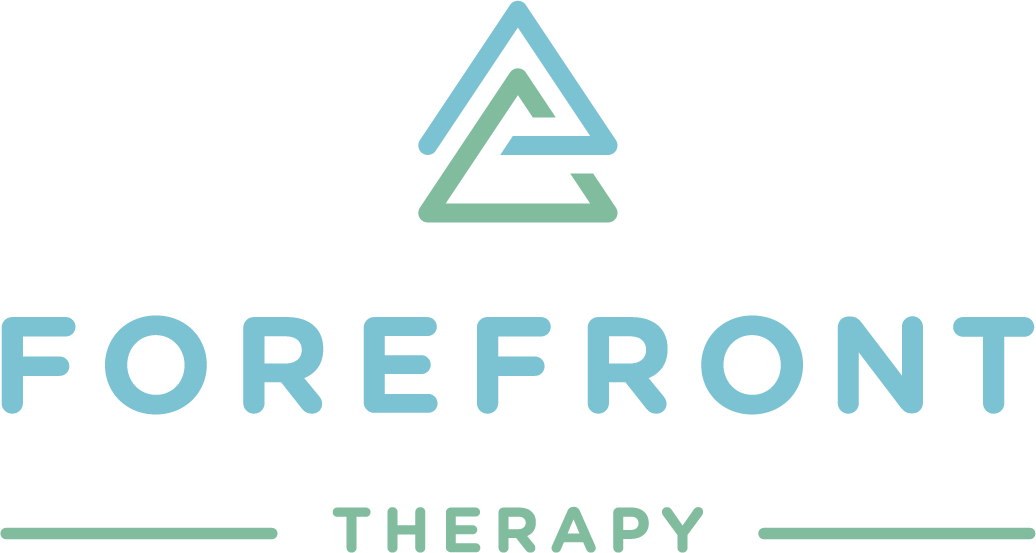To the parents or physicians who may be interested in a deeper understanding of why non-speaking children need speech and language skilled services. If a child is non-speaking, why do they need help with speaking? Speech and language therapy goes beyond the area of expressive language, verbal output, or articulation, the clarity of speech sounds. Speech and language pathologists' scope of practice is wider than one might think. Speech and language pathologists are educated and specialized in treating and evaluating 9 areas of development. The list is not comprehensive and is continuously evolving. The areas include; fluency, speech production, language, cognition, voice, resonance, feeding and swallowing, auditory habilitation and rehabilitation, as well as potential etiologies of communication and swallowing disorders.
A child who is non-speaking, would be evaluated and treated for the areas of receptive language, the ability to comprehend and respond to language, and expressive language, the ability to communicate through sounds and words. Other areas within the scope of practice may be evaluated as well. A non-speaking child may communicate verbally through grunts and/or vocalizations “uhh” and babbling “mamama”. Various non-speaking children only communicate through vocalizations. A non-speaking child may also communicate receptively through pointing or pulling the caregiver towards their specific wants and needs. A child who is typically developing, is able to communicate wants and needs both receptively and expressively by approximately 13 months to 18 months of age. A child who is non-speaking may become frustrated when they are unable to communicate wants and needs verbally. A speech and language pathologist is able to provide specialized treatment plans, intervention, and education to aid this child and his/her family in achieving individualized goals.
A treatment plan for a child who is non-speaking may include developing play skills and connections through play, fostering desire to communicate, imitation of sounds within the environment, requesting for objects with American Sign Language, or utilizing augmentative and alternative communication. Augmentative and alternative communication (AAC) is an area of clinical practice that supplements an impairment of speech-language production and/or comprehension.
The opportunities for a child who is non-speaking are vast. The best environment for facilitation of language is within play. Explore the environment with your child whether it’s the playground, living room, or outdoors, search for opportunities to foster language development. If your child is non-speaking or concerns about early language skills arise, discuss a speech and language referral with your primary care provider.
References:
Communication milestones: 13 to 18 months (2024) American Speech-Language-Hearing Association. Available at: https://www.asha.org/public/developmental-milestones/communication-milestones-13-to-18-months/ (Accessed: 29 August 2024).
‘Scope of practice in speech-language pathology’ (2016) SCOPE OF PRACTICE IN SPEECH LANGUAGE PATHOLOGY, pp. 16–17. doi:10.1044/policy.sp2016-00343.
Augmentative and alternative communication (AAC) (2024) Augmentative and Alternative Communication (AAC). Available at: https://www.asha.org/practice-portal/professional-issues/augmentative-and-alternative-communication/ (Accessed: 29 August 2024).
About the author:
Hope Hansen, MS, CCC-SLP is a Speech Language Pathologist (SLP) who received her Masters of Science in Speech Language Pathology as well as her Bachelor's of Science degree in Communication Disorders from Murray State University. Hope has clinical experience in inpatient rehabilitation and outpatient pediatric settings. She is passionate about treating all areas within the scope of practice of a SLP. From articulation and language to augmentative and alternative communication. Hope is dedicated to family-centered therapy and evidence-based intervention. She strives to provide ultimate care and build successful interpersonal relationships with her patients. Hope enjoys spending time with her family, friends, and dog, being involved in her church community, exercising, and traveling.


